



Ryan Bishop, Kristoffer Gansing, Jussi Parikka & Elvia Wilk (eds.) across and beyond: A transmediale Reader on Post-digital Practices, Concepts, and Institutions, Sternberg Press, 2017, pp.352, €15.00 (paperback), ISBN 978-3-95679-289-2
Although the notion of the “post-digital” has gained some prominence in media art and theory, the uptake of the term in the humanities and social sciences has so far been more muted: whilst the field of “post-digital” art scholarship is by no means new (see Berry & Dieter, 2015), the term itself is often used quite sparsely and ambiguously such that it risks becoming a vague referent for almost any form of human and nonhuman entanglement with media. This rich collection of 25 essays and artwork contributions, many from world-renowned artists and media theorists, seeks to remedy this by developing the notion of the “post-digital” as something that gains specific expression through certain kinds of critical practice. As the editors note in the introduction, across & beyond does so by focussing on the “post-digital conditions for critical media practices…for understanding and working in the transversal territories between theory, technology, and art” (p.5). Organised around a series of contributions presented in recent years by participants of the annual transmediale festival in Berlin, the transversal explorations in this reader are critical insofar as they aim to engage with the “material complexities of digital culture” beyond what the editors describe as the “phantasm” of the supposed “immaterial reality” of digital media (p.16).
To be clear, across & beyond is not strictly a theory book but a gathering of diverse academic and artistic contributions that variously approach questions concerning the “post-digital”. Some of the stakes of “post-digital” media theory are set out in this reader, and will be noted in this review, but it should be said that this is not merely a theoretical intervention into technological media.
The “post-digital” describes a set of “speculative strategies and poetics” (p.13) that act as a “heuristic to understand the historical and material contexts of media art and culture” (p.12). In this sense the “post-” of “post-digital” does not designate a temporal period after a bygone ‘Digital Age’, but instead describes an opening up of a whole “field for material but also imaginary, alternative practices” (p.13) that concern the different temporalities and spaces produced through and with media. The post-digital, then, is presented here as a field of study into the material and imaginary practices of media, which aims to offer “new means of critically linking technology, culture and nature” (p.15).
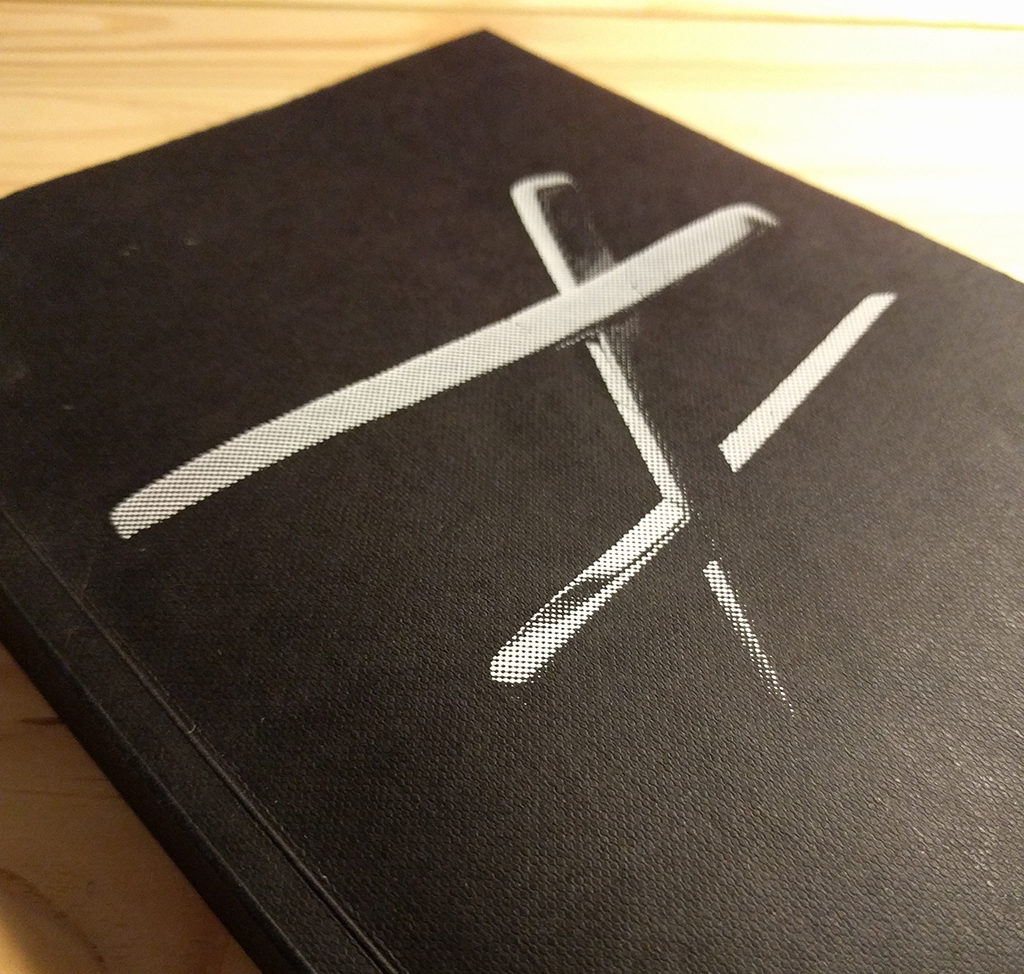
To thematise some of these traversal territories for thinking about the post-digital conditions of media, the essays and artworks in this reader are split into three themed subsections: “Imaginaries,” “Interventions,” and “Ecologies.” Rather than organising this review by treating each individual chapter, I will instead briefly suggest how certain chapters develop each of these three themes, and end by reflecting on how these themes intervene in the political stakes of social scientific engagements with digital media more widely.
At least in part, the first subsection – “Imaginaries” – develops a number of responses to the idea that the post-digital would be a field of study that rethinks the relationship between technological culture and time (see especially chapters by Gansing; Ludoivo; Daniels; Parikka; Menkman). In the opening chapter, Kristoffer Gansing develops the ‘problem of time’ for post-digital approaches to media by analysing the CD-ROM as a noteworthy “offline art form” (p.41). Rather than thinking about the CD-ROM as a redundant media of a bygone era, Gansing instead highlights the way that the “offline experience” (p.36) of the CD-ROM counters certain contemporary structures of digital surveillance. This intervention is post-digital, perhaps, insofar as the CD-ROM is seen to present specific opportunities for disrupting both processes of online surveillance, but also the reductive tendency to rush towards new, à la mode forms of digital media.
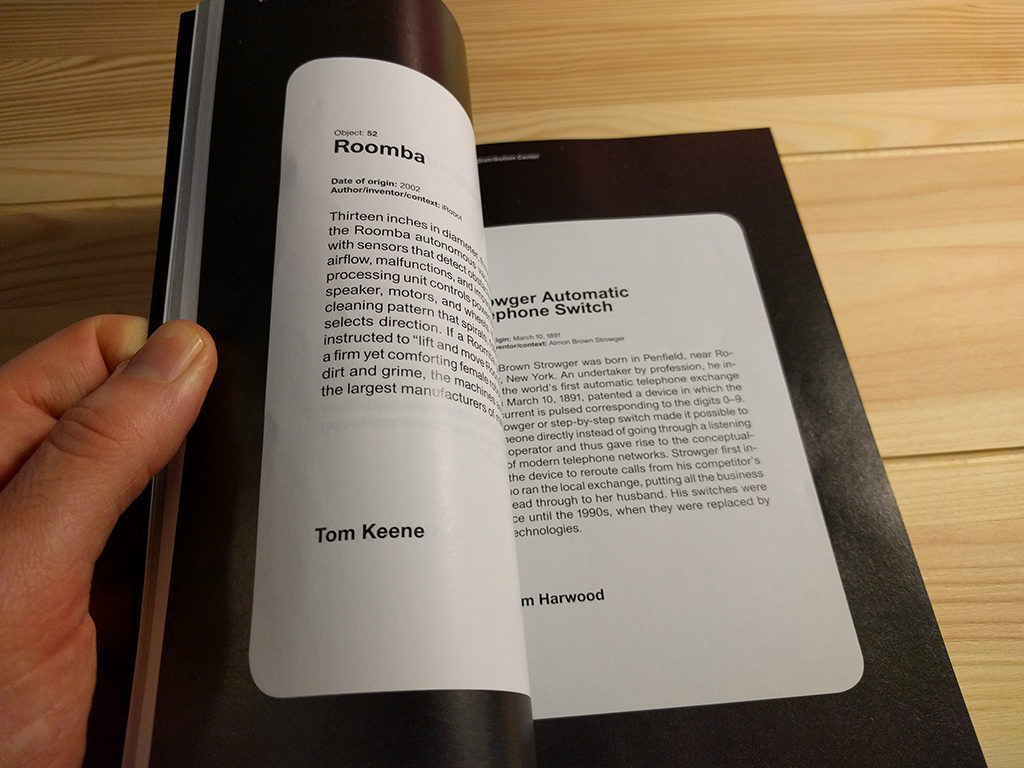
Likewise, Jussi Parikka’s chapter focuses on the question of time in the context of laboratory media and draws attention to the way that certain “time-critical technical media” (p.86) produce “micro-temporalities” that are irreducible to human perception (p.86). In producing a series of situated micro-temporalities, these laboratory media contribute to post-digital approaches to media more widely insofar as they allude to a sense of media time that exceeds humanity. Theorising the micro-temporalities of laboratory media is important because they are involved in fabricating and sustaining certain “situated practices” (p.87) of time that often exceed human perception (p.86) – a line of thought that will be familiar to those have read Parikka’s other contributions to developing a “geology” of media (Parikka, 2015).
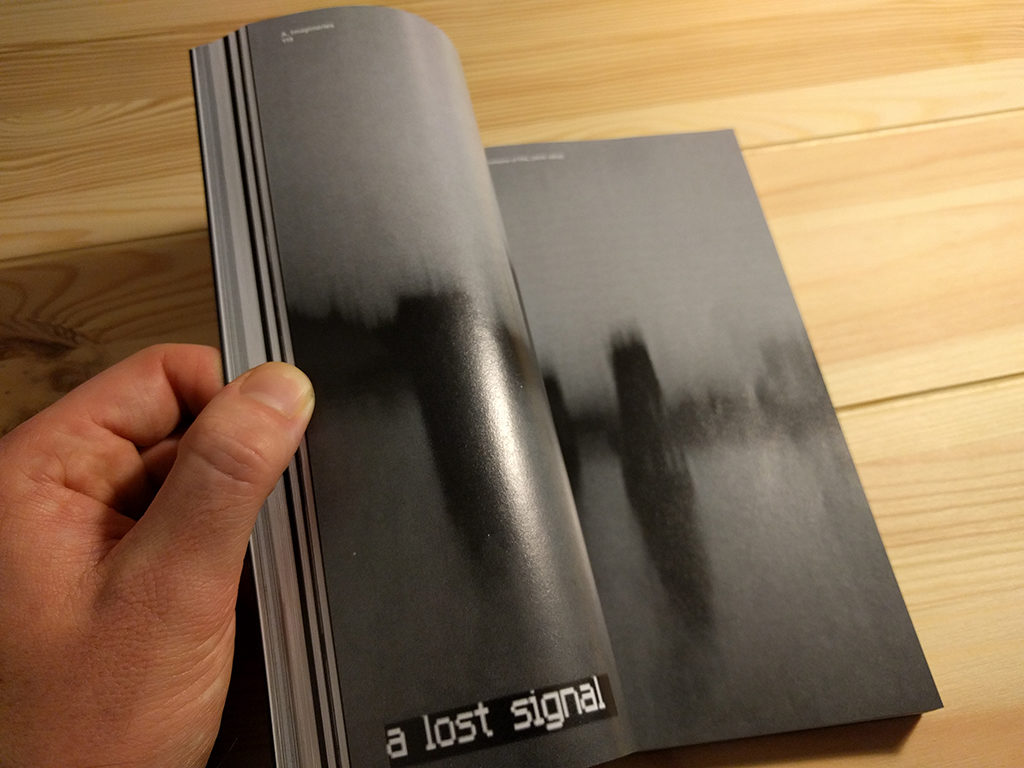
The second subsection – “Interventions” – foregrounds uses of technological media for activist and political purposes (see especially Dragona; de Lagasnerie; Oliver & Vasiliev; Sollfrank; Terranova; Juárez & Allen). In doing so, a number of chapters approach the politics of technological media through a critical engagement with its supposedly transformative power. As Jamie Allen – writing in dialogue with Geraldine Juárez’s artwork Hello Bitcoin – pointedly asks: “[w]hy is it that we cannot seem to stop regaling ourselves with hyperbolic, mythic tales of technological heroism?” (p.223). Put differently, how might media art and theory engage with ‘new’ digital media without overplaying its transformative political power? One answer to these questions revealed in across & beyond concerns the task of developing techniques for storying digital media. As Cornelia Sollfrank’s piece on “cyberfeminism” concludes, the task attending to the political power of technologies is not simply about affirming new advances in technological media, “but rather the use of imagination” (p.245): it is a task of remaking the clichéd stories told about technical cultures.
Yet, at a time when the drone and the TV series Black Mirror have gained prominence in invoking a certain unease about future technological change, what might it take to tell different stories about the political implications of technological culture? Decidedly, Daphne Dragona inflects this political question in a stellar essay on the role of “subversion” in media art. Classically, the problem of “artistic subversion” is its tendency to become appropriated into existing regimes of power, such as “media corporations and state surveillances agencies” (p.184). Identifying strategies that are already at work in “subversive” practices in media art – namely: “obfuscation”, “overidentification”, and “estrangement” – Dragona attempts the ambitious task of redefining the role of artistic subversion. Referring to an example of glitch artists, Dragona (p.191-192) notes that for such work processes of subversion and “estrangement” require a methodological approach attentive to the “hacks, errors and glitches” that “disrupt and challenge user experiences with digital media” (p.191).
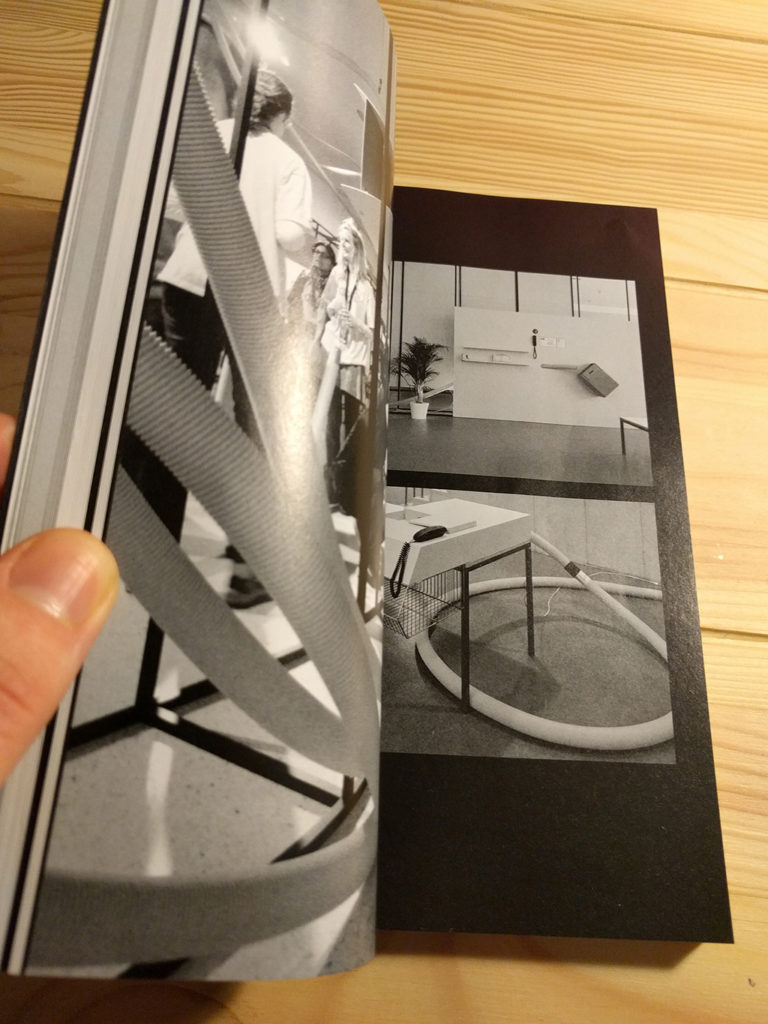
Terranova’s chapter also considers how and whether the political power of technologies might offer opportunities for political transformation, but in doing so draws upon a different question around the relationship between the notion of the “commons” and certain kinds of “techno-political experiments” (p.211-215) – experiments that include, but are not limited to, certain cryptocurrencies and internet-based political parties. These experiments are noteworthy because they offer opportunities for transforming capitalist social, political and technical assemblages – assemblages that, as they are currently configured, not only produce restrictive forms of consumption and surveillance, but also limit freedoms at the level of desire through processes of subjectivation (p.213-217).
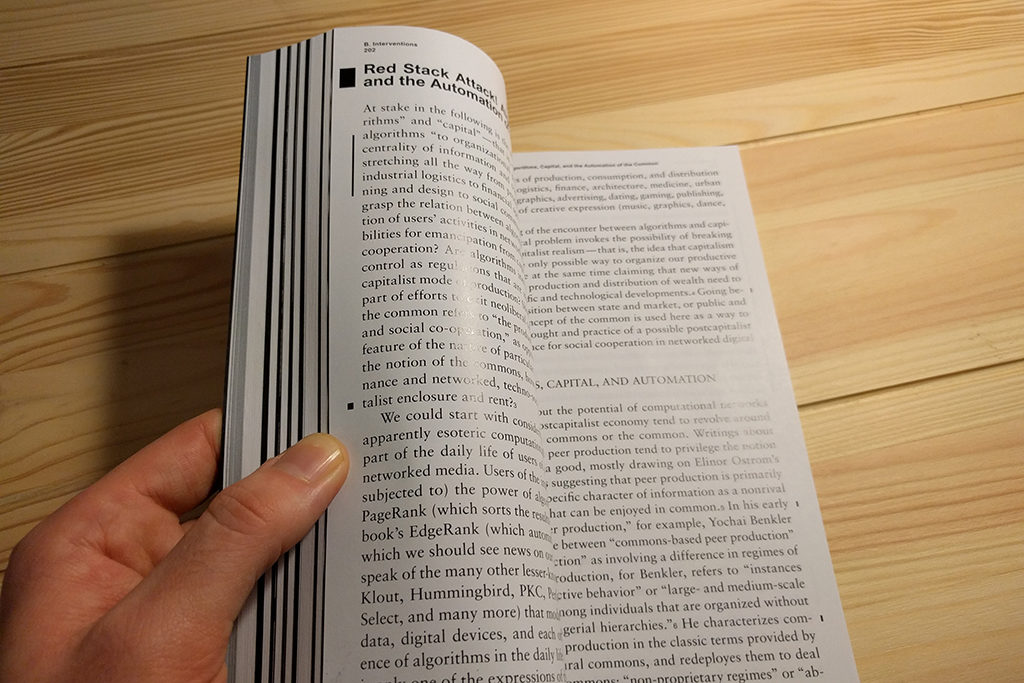
The third subsection – “Ecologies” – concerns the relationship between post-digital readings of technological media and certain kinds of technological infrastructure. In doing so it intervenes in a number of timely and ongoing social scientific debates about technology’s relationship to subjectivity (Bishop; Rossiter & Apprich; Bratton), materiality (Allen & Gauthier; Henderson; Goriunova), and affect (Goriunova; Allahyari & Rouke) – amongst others. Approaching the theme of infrastructure via user interfaces like Apple’s Siri and Amazon’s Alexa, Benjamin Bratton (p.322-323) notes that “[h]uman intelligence and machine intelligence may be radically different (one need not be the model for the other) but they are never isolated or independent of one another”. Bratton calls for a more complex reading of artificial intelligence that resists both the simple equivocation of human and machine ‘intelligence’, and the tendency to suggest that human or machine intelligence exists as an isolable entity.
Directly engaging with the question of post-digital approaches to technological infrastructure, Jamie Allen & David Gauthier – commenting on their Critical Infrastructure project – foreground the need to attend not only to spectacular forms of technological infrastructure, but also those “banal systems” (p.266) and infrastructures that “we are not supposed to notice” (p.266). The point here is to force media art and theory to generate new forms of critique and thought about technical culture beyond some of the tendencies of human perspectivism – what Morehshin Allahyari & Daniel Rourke’s chapter differently refers to as technology’s “unintended affects” (p.328).
One critical concern throughout across & beyond is the sense that the various contributions (artworks, films, photos, essays) do not always easily fit together as a contribution to post-digital scholarship and practice. Whilst the book benefits from a precise introduction, it is not always obvious how certain chapters, and their corresponding subthemes, critically engage with whether or not this field of study would be preferable to other approaches to digital media. Indeed, is the “digital” the problem to be addressed for the task of rethinking technical culture today or – as a moving composite expressed by numerous media – does it form what Deleuze (1988: 16-17) refers to as a “false problem”: that is, a problem that merely discovers pre-existing terms for its solution?
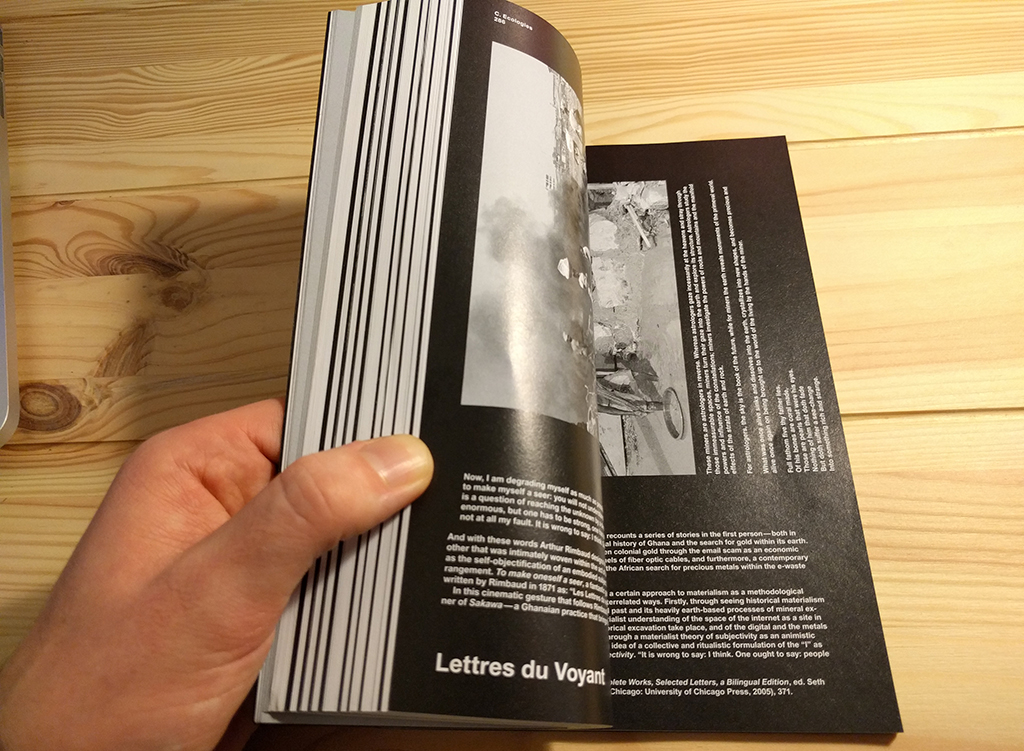
This critical question notwithstanding, and to conclude, across & beyond is highly successful in opening up novel questions about technological media: those mundane and overlooked technological processes that nonetheless offer opportunities for experimenting with profound mediations between humans and nonhumans (see here the chapter by Yokokoji & Harwood). These post-digital registers would engender a different focus from a recent emphasis in the arts, humanities and social sciences on the ways that certain dominant technological figures are variously weaponized and monetized (see chapter by Bazzichelli). In countering the logics of weaponization and monetization, this reader – like the transmediale festival – will have a wider appeal to those interested in how media art and theory keeps apace with changes to those overlooked forms of technical culture.